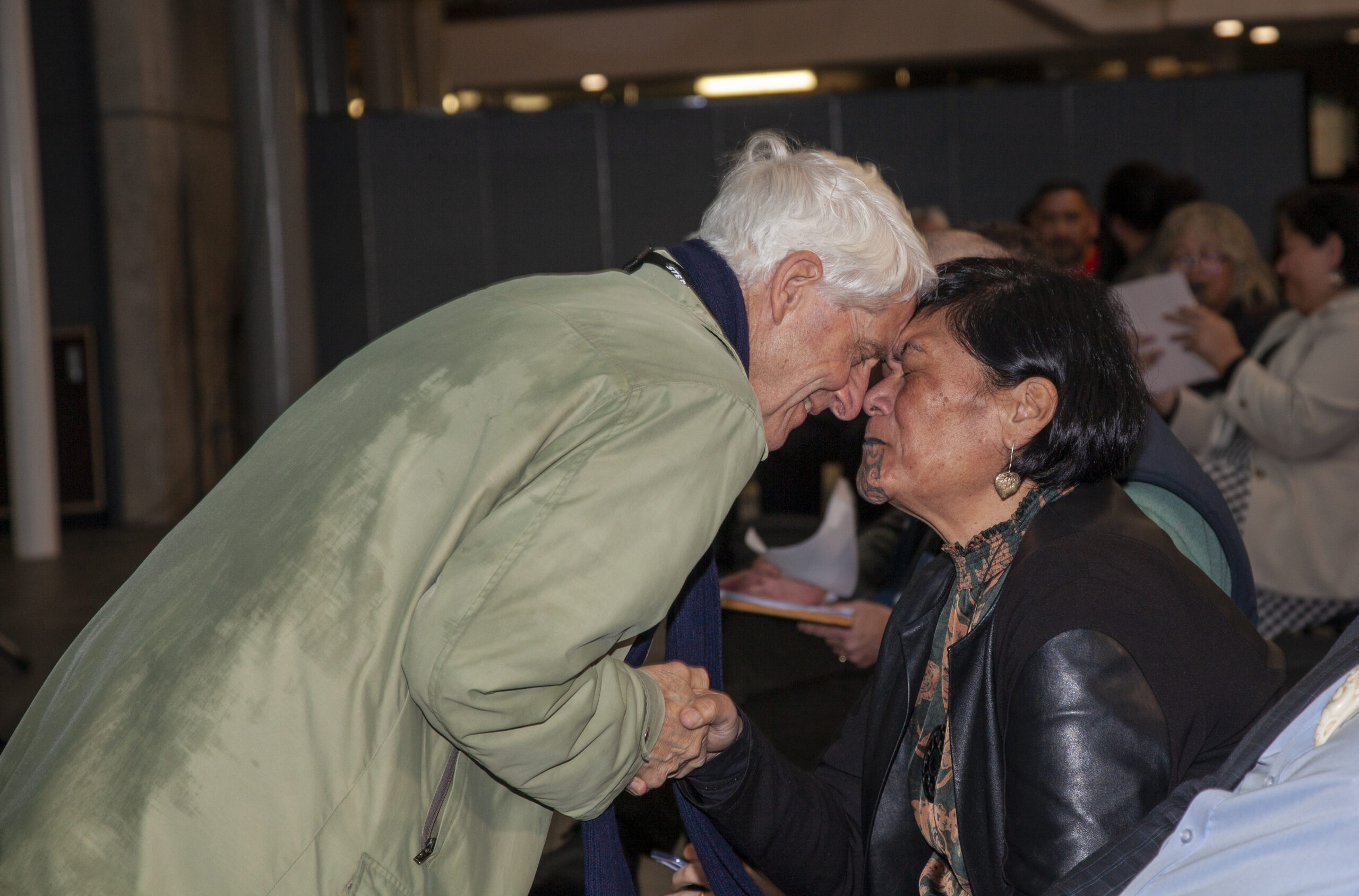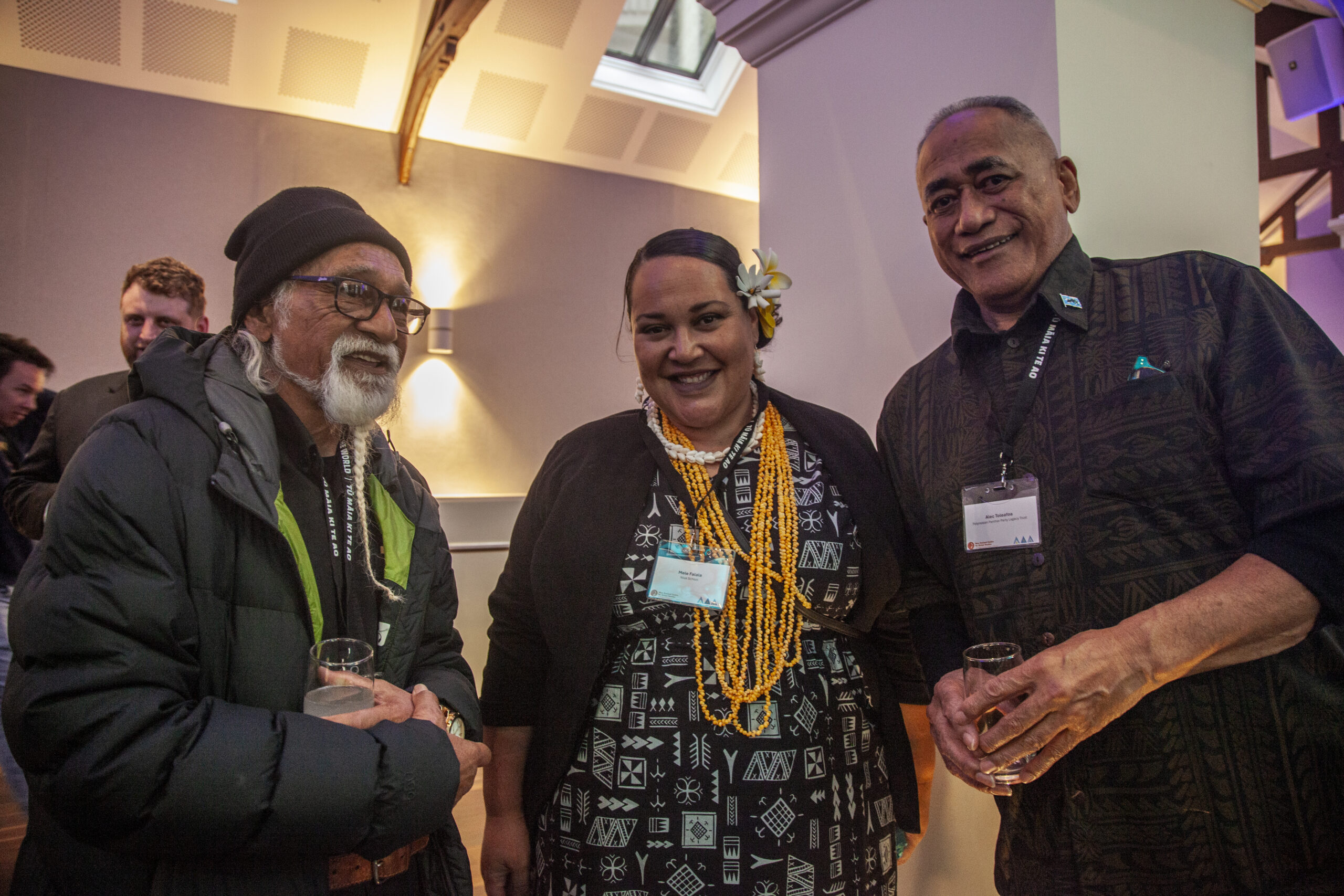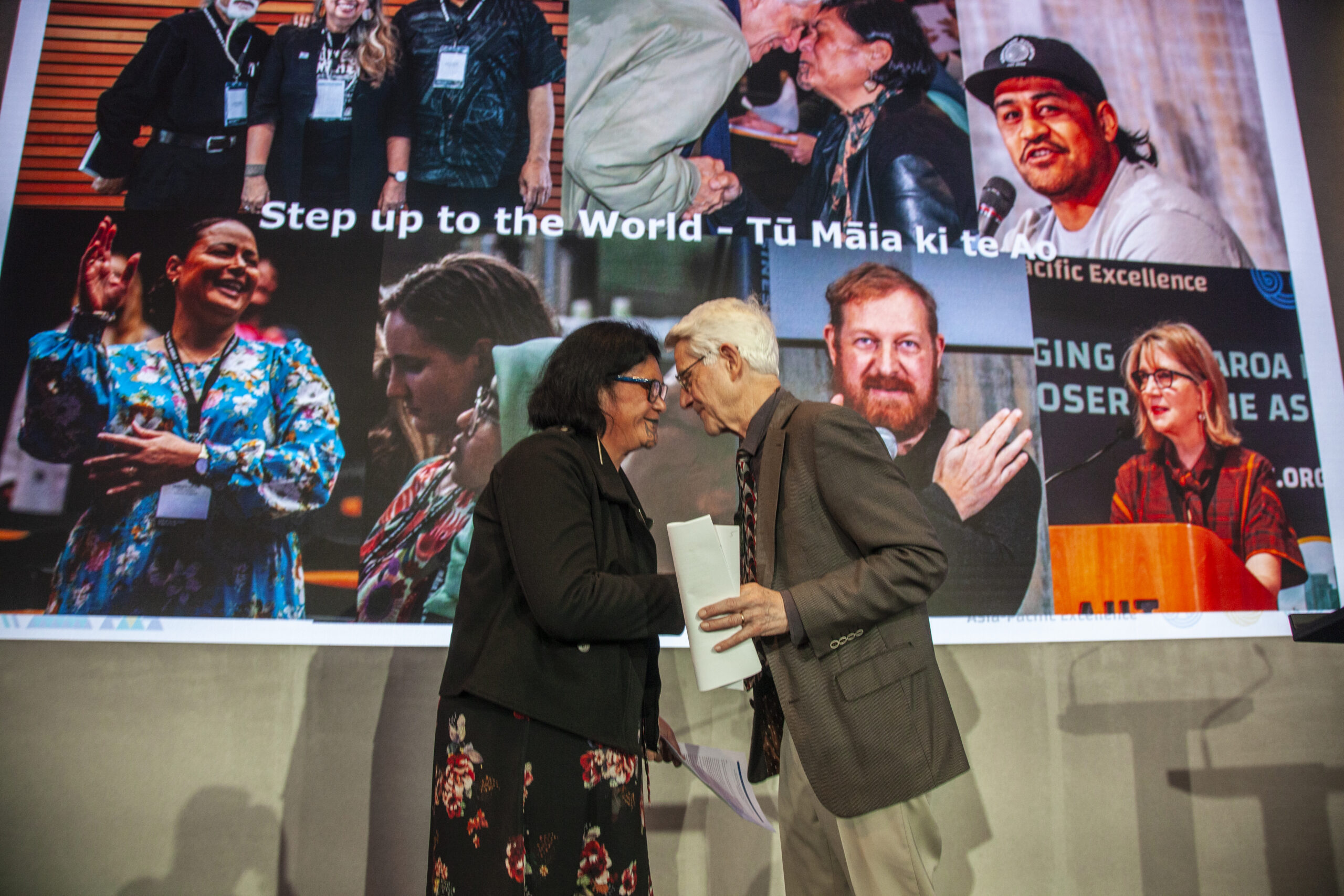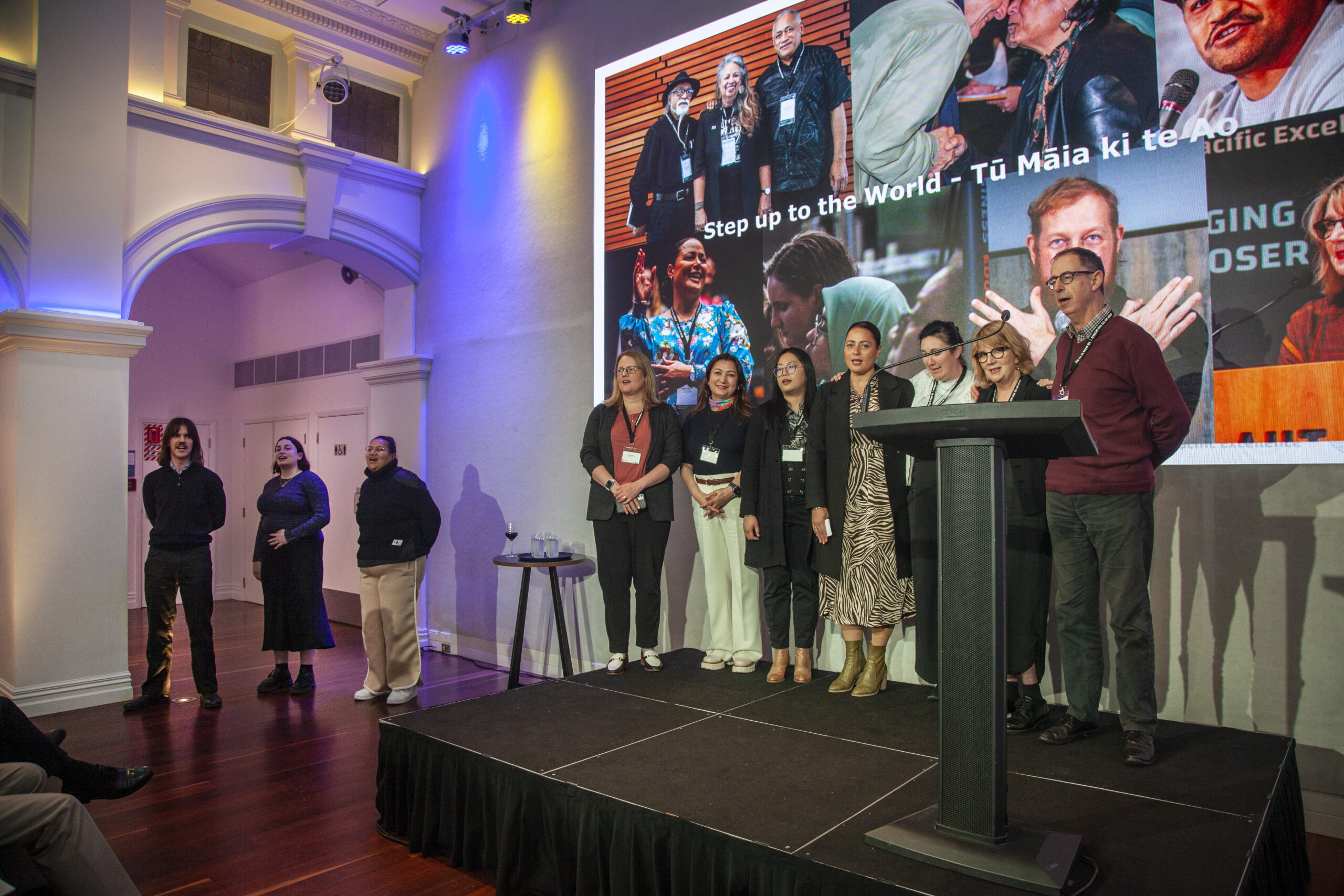Extremism, in all its forms – political, religious, ethnic, gender, generational – is, in short, an extreme version of a belief system. It can be promoted peacefully, and within the normal bounds of freedom of speech. And it can, of course, spill over into hate speech and physical violence.
What to do about the second version? The digital revolution that is upon us has made this issue inordinately more challenging.[1]
There are two lenses for perceiving the threat of violent extremism and developing a viable counter-strategy – global and national. The relationship between these two levels is critical to success.
So, how are we doing?
Violent extremism and UN collective security
The United Nations has been wrestling with extremism for decades now, in fact since the ‘60s. Recent milestones along the way include the following:
- The UN Global Counter-terrorism Strategy, adopted by the General Assembly in 2006 (A/Res/60/288), reviewed in 2008 (A/Res/62/272) and 2010 (A/Res/64/297), and most recently in 2016 (A/Res/70/291);
- Some twelve treaties on terrorism that identify about fifty offences, for Member States to translate into domestic criminal law;[2]
- Security Council resolutions 1624 (2005), 2178 of (2014), 2242 (2015) and 2050 (2015), and 2354 (2017).
Essentially, the UN work, in the name of a collective (global) security, aims to promote both a peaceful strategy towards the non-violent version (based on inclusiveness, mutual understanding and a counter-narrative), and the authorized use of force against the violent versions (especially focusing on Daesh (ISIL) and the new concept of ‘foreign terrorist fighters’).[3]
The success of the UN strategy, however, rests on the ability of the major powers to unify, or integrate, or at least collaborate on, their separate political goals and strategic interests into the one ‘collective security interest.[4] Not an easy thing to achieve.
Take the UN member state with the single biggest influence on counter-terrorism strategy – the US, where I happen to be currently studying these issues.
Violent extremism and US national strategy
The most important weakness in the American effort against extremists, the experience shows, is a lack of cohesive strategy and executive decision-making at all levels of the US Government.
The dynamic interplay between the political cycle, societal changes and military strategy creates a conflicting and disjointed approach in the fight against extremists, providing them with oxygen, while draining popular support and mounting a significant financial and human toll.
If one thing has emerged from the ‘war on terror’, it is that a consistent American strategy against the extremists is non-existent.
This is due to the interrelated and often conflicting elements of the US political cycle, wavering public support, and a military strategy that requires consistency of effort and endless financial support. These dueling elements mean that no administration is afforded the time, nor the space, to clearly plan and execute a strategy that is long-lasting and would lead to success (if success is even defined in any measurable way).
The lengthy election cycle requires administrations to demonstrate to the public that they are working to defeat the enemy and bring troops home. But this undermines the military effort, which is naturally lengthier and requires significant financial and human investment.
Meanwhile, public pressure grows against the mounting financial cost of any campaign, human rights abuses and the risk to American troops. Eventually, a midpoint is reached, where the administration is neither fully committed to the strategy (if it has been defined in any way), nor willing to withdraw conclusively.
This develops into a self-fulfilling downward spiral; where decision-making becomes reactive rather than proactive, and the extremists gain an upper hand simply by biding their time.
The problem is further exacerbated by the fact that domestic concerns outweigh foreign policy issues during elections, and leaders either delay or make a halfhearted decision in order to not let the war take up further oxygen from the ‘winnable’ issues. If we require a graphic demonstration of the points made here, they are perfectly outlined in the Rolling Stones article on General Stanley McChrystal and in the Afghanistan papers which show the clear lack of strategy and plain deception in the Afghan war.
To further illustrate this lack of strategy, let us observe the American effort against Al-Qaeda (AQ). Successive administrations dating back to George H W Bush did not have a solid understanding of Islamic extremism following the 1992 Yemen hotel bombings.
When the operation in Afghanistan (2002) was launched, the strategy seemed to be defined clearly; capture those responsible for the attack and destroy a base of operations. But this morphed into regime change and nation-building. This was further complicated by the invasion of Iraq (2003), which had all the hallmarks of the Afghan conflict, with the added elements of sectarianism and counterinsurgency. The irony is that the Afghan conflict was authorized by the UN, whereas the Iraq operation was not (being described, in fact, by the Secretary-General at the time as ‘illegal’).
With both conflicts stretching far beyond their expected and announced timelines, the American strategy (again, still not defined in any way) was to look to a political solution to enable a peaceful withdrawal. This was achieved to an elementary level in Iraq, but no sooner had American troops left than a more fearsome enemy in the form of Daesh sprouted.
In Afghanistan, the conflict seems to be neutralized with the recent signing of the peace deal with the Taliban, but almost two decades and trillions of dollars later, this is a tentative and shaky deal at best. Sadly, in both cases, the decision to pursue the diplomatic solution over the military option came after the loss of countless lives.
By committing or de-committing to a strategy that was just incoherent and lacked clarity, it is clear that the biggest weakness in the Americans strategy against the extremists is the lack of cohesive strategy and executive decision-making at all levels of the US Government, which undermines cohesion in the UN collective effort.
All UN member states, not least the Security Council’s ‘permanent five’, should heed the lessons, as they no doubt have been, for some time now.
[1] Beyond anything we have seen”: beheading videos and the visibility of violence in the war against ISIS, Simone M. Friis in International Affairs 91: 4, July 2015, pp. 725–46.
[2] International treaties against terrorism and the use of terrorism during armed conflict and by armed forces, D. O’Donnell, in Red Cross International Review, Vol. 88, No. 864 (Dec. 2006)
[3] Preventing violent extremism through the UN: The rise and fall of a good idea; David H. Ucko, in International Affairs 94: 2 (2018) 251–270
[4] The Security Council and Counter-terrorism: Global & regional approaches, Kennedy Graham, in Terrorism and Political Violence, Vol. 17 (Routledge; 2005), pp. 37–65







0 Comments